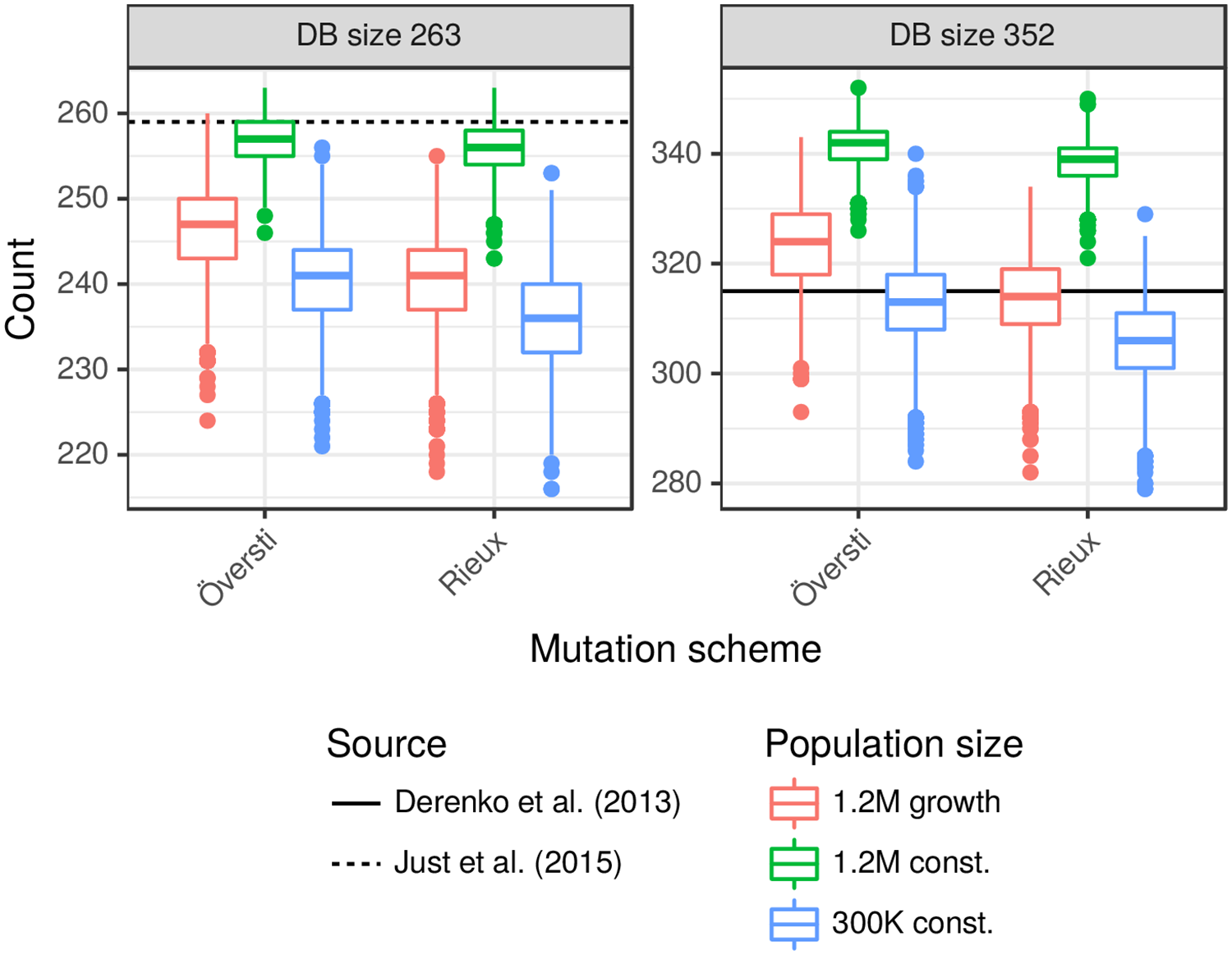Balding - PLoS Genetics - November 2018
How many individuals share a mitochondrial genome?
The maternally-inherited mitochondrial DNA (mtDNA) represents only a small fraction of the human genome, but mtDNA profiles are important in forensic science, for example when a biological evidence sample is degraded or when maternal relatedness is questioned. For forensic mtDNA analysis, it is important to know how many individuals share an mtDNA profile.
Here, Professor David Balding and colleague Mikkel Andersen present a simulation model of mtDNA profile evolution, implemented in open-source software, and use it to describe the distribution of the number of individuals with matching mitogenomes, and their matrilineal relatedness. The latter is measured as the number of mother-child pairs in the lineage linking two matching individuals. They also describe how these distributions change when conditioning on a count of the profile in a frequency database.
Andersen MM, Balding DJ (2018) How many individuals share a mitochondrial genome? PLoS Genet 14(11): e1007774. https://doi.org/10.1371/journal.pgen.1007774

Boxplots show the distribution of the number of distinct haplotypes arising from 2,500 random databases of sizes 263 and 351 obtained under our three demographic and two mutation models. The horizontal reference lines show the numbers of distinct haplotypes in US [15] and Iranian [16] databases of those sizes.